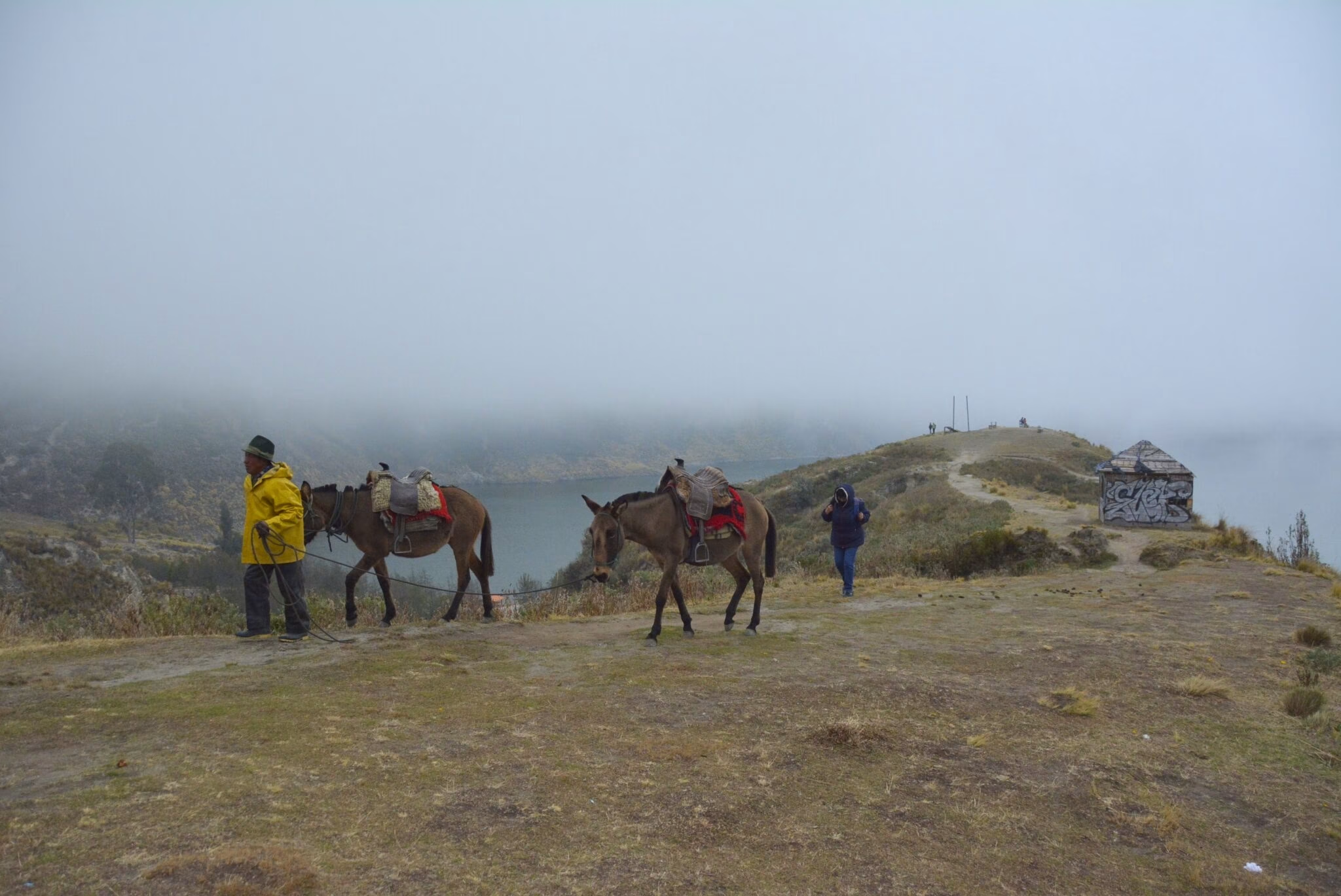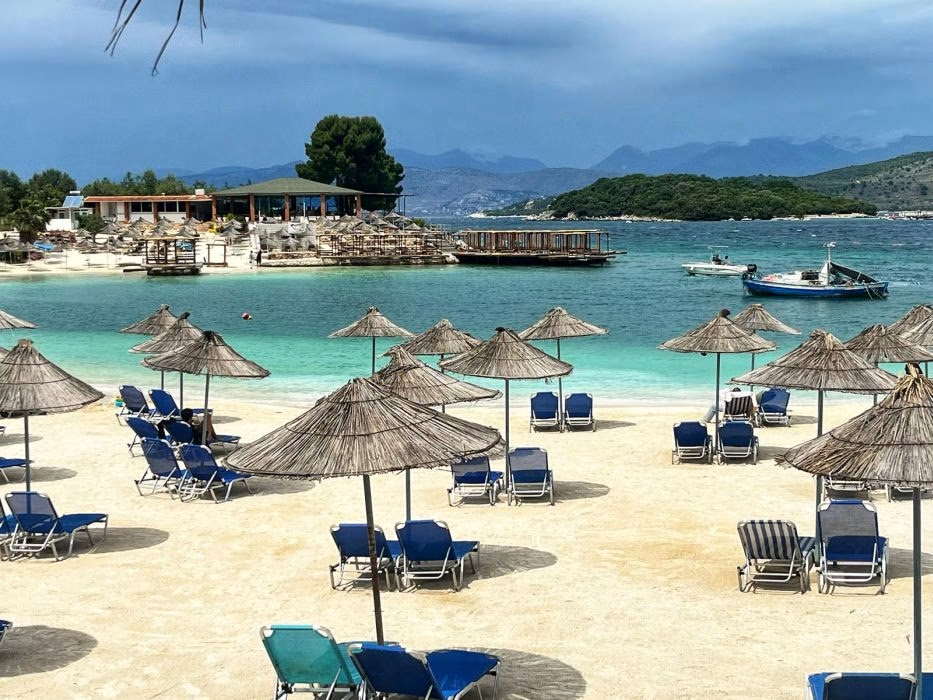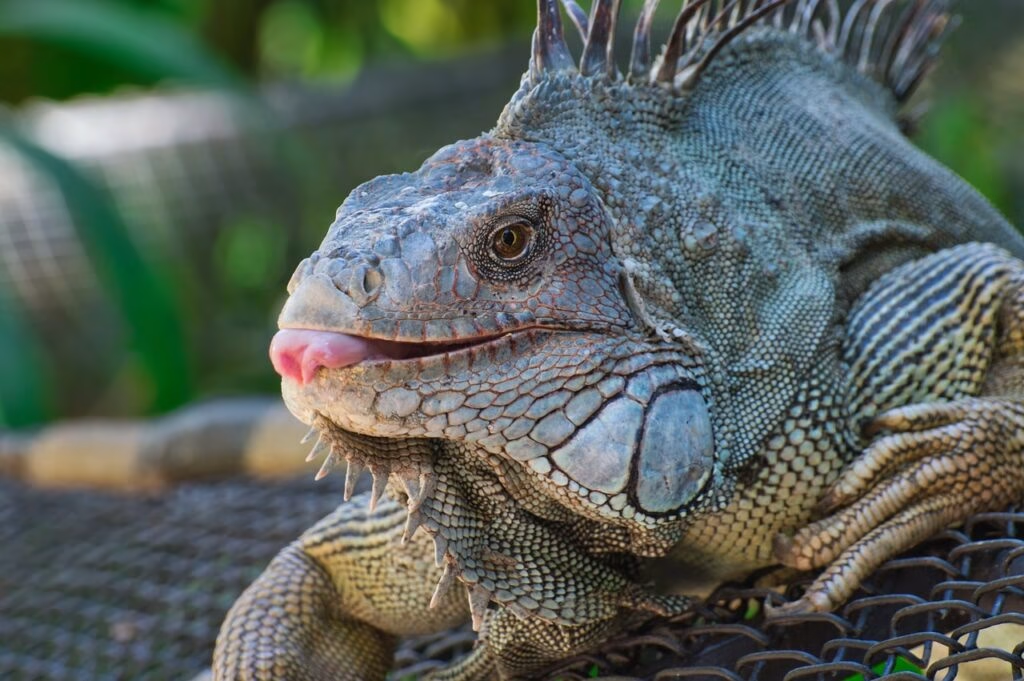Ecuador, so diverse, so amazing, so everything that I love – Galapagos and dramatic moutains for endless hiking and climbing adventures! Prized for its lush landscapes, Ecuador epitomizes the might and beauty of South American topography, boasting rugged terrains that range from the towering Andes, lush Amazon rainforest to picturesque islands, and coastal trails. No wonder it has become a sought-after destination for hiking enthusiasts worldwide!
After accomplishing my unforgettable adventure, I have put together a list of top 10 best hikes in Ecuador. The choice of trails, based on the overall scenery, distinct attractions, trail length, and difficulty levels that they present, aims to simplify your decision-making process.
How to prepare for hikes in Ecuador?
The most challenging stage when coming to Ecuador is proper acclimatization. You’ll most likely land in Quito – the capital of the country, located at an altitude of 2850m.
So before atempting any hike you need to adapt to the altitude. so be patient as you can’t speed up this process. Take at least 2 days hanging around Quito, drink a lot of water to avoid dehydration and headaches.
Hiking Ecuador diverse landscape.
Awe-inspiring vistas of active volcanoes, misty cloud forests, meandering rivers, and ancient Incan ruins is what you’d expect on a typical hike in this ecologically diverse country. With a treasure trove of national parks and nature reserves housing hundreds of hiking trails, Ecuador offers a chance for explorers to undertake thrilling adventures, each more enticing than the last.
From leisurely walks through tropical rainforest trails to challenging hikes spanning the lofty Andean peaks, Ecuador’s hiking trails cater to everyone, irrespective of their hiking proficiency. However, the problem of plenty may leave you pondering over which trail to embark on first.
So tighten your hiking boots, pack your enthusiasm, and prepare to delve into the compelling beauty of Ecuador’s finest hiking routes.
Key Takeaways
- Ecuador is a hiker’s paradise, boasting a plethora of trails to explore, ranging from easier routes such as the Cotopaxi Volcano hiking trails to the challenging treks across the Inca Trail or Cajas National Park.
- The best trails include Cotopaxi National Park, Quilotoa Loop, Cajas National Park, Chimborazo Volcano, El Altar Trek, Podocarpus National Park, Cuicocha Lake, Illiniza Norte and Sur, Pululahua Geobotanical Reserve, and Antisana Ecological Reserve.
- Foreign tourists should acclimatize to Ecuador’s high altitude before embarking on challenging hikes. Eco-friendly practices following the Leave No Trace principles should be adhered to. Regular weather checks are important due to unpredictable highland weather.

Cotopaxi National Park, Ecuador
Cotopaxi National Park, an idyllic hiking destination in Ecuador, is adorned by the majestic Cotopaxi volcano. Sprawled over 32,393 hectares, this park extends a diverse array of trails that wind past picturesque landscapes of Andean forests, sprawling paramo, peaceful lagoons, and abundant wildlife. Whether you opt for a gentle stroll around the Limpiopungo lagoon or a more demanding ascend towards the volcano’s refuge point, the park promises a rewarding experience for every hiker.
Full information on Hiking Cotopaxi Volcano – the Neck of the Moon read here.
The mesmerizing views of the snow-laced Cotopaxi volcano, rising up to 5,897 meters forms an outstanding backdrop to your hike. Also, the park boasts of rich biodiversity with numerous bird species, wild horses, deer, and even the Andean condor spotted frequently.
The park, although open throughout the year, sees the best weather conditions from June to August. Hikers must consider the high altitude in their preparations.
Quilotoa Loop, Ecuador
The Quilotoa Loop, a comet-impact crater, presents a truly spectacular hiking experience for those seeking the essence of Ecuador’s rural charm. This roughly 200 km, 3-day trek traces a serpentine route along the remote back-country roads of the Andean mountains, through indigenous villages and rural markets, eventually leading hikers to the zenith.
Everything you need to know about Hiking Quilotoa crater lake.
The climax of this hike is the Quilotoa Lagoon, a tranquil body of turquoise water sitting in the volcanic crater, surrounded by sharp-rugged peaks. Trekkers are rewarded with awe-striking panoramic views of the lagoon and the surrounding landscapes from the viewpoint that arguably, makes the tiring journey worthwhile.
With its unparalleled beauty and cultural immersion, Quilotoa Loop stands as one of the best hikes in Ecuador.
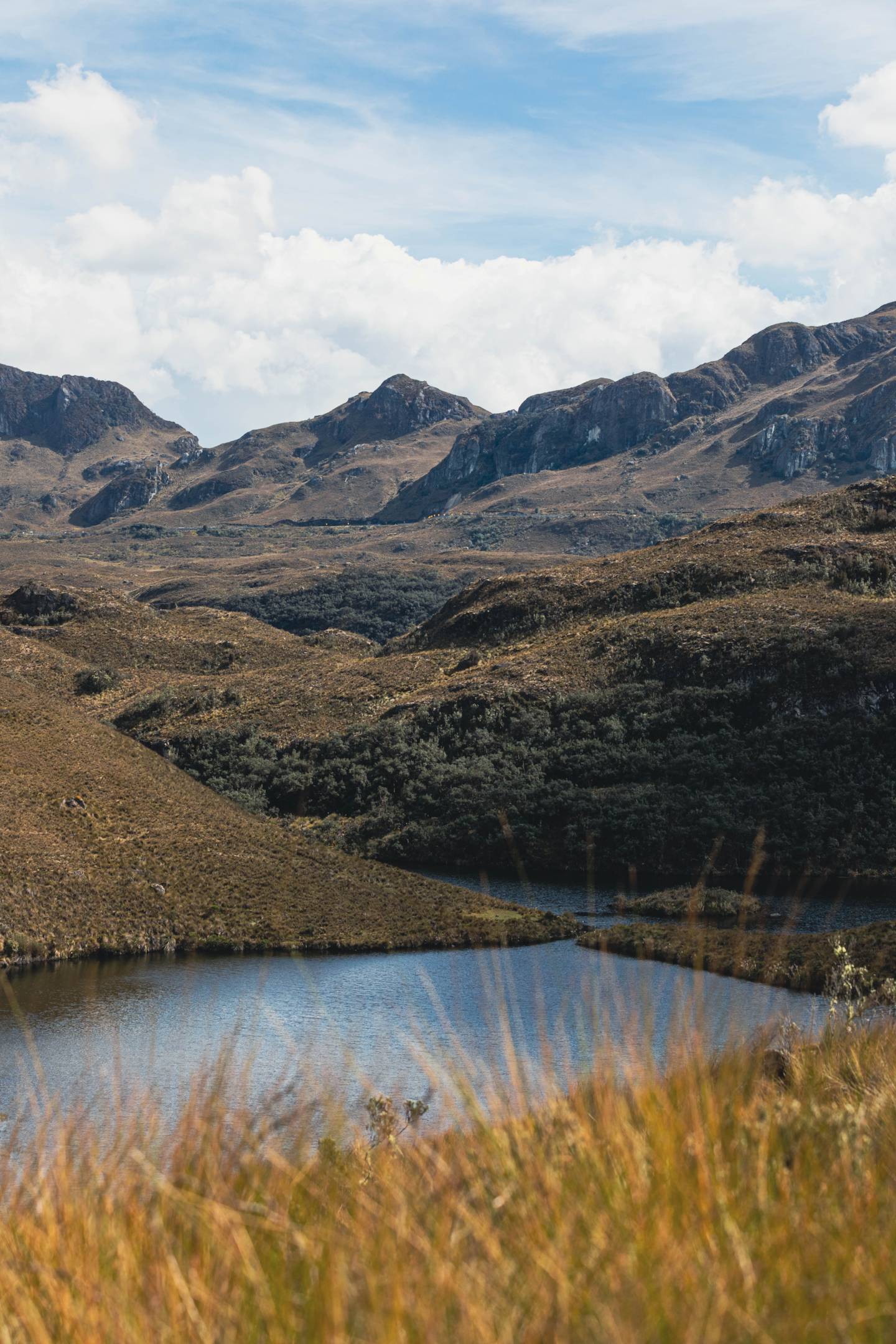
Cajas National Park, Ecuador
Nestled in the Andes’ highlands near Cuenca, Cajas National Park offers a celestial experience for hikers, nature lovers, and bird watchers with its plethora of trails. Rambling over 285,000 hectares, the park boasts over 270 lakes and lagoons, extensive paramo, and unique polylepis forest.
Trails in Cajas present a mix of easy to challenging hikes like the one leading to the Mirador tres cruces, offering panoramic vistas of rolling landscapes. Or, the demanding trek to Pico Burines at 4,450 meters above the sea level, which presents a challenge to even the most experienced hikers.
Walking through this surreal landscape laced with scenic beauty and rich biodiversity including over 157 bird species and South American camelids, hikers are promised a splendid experience.
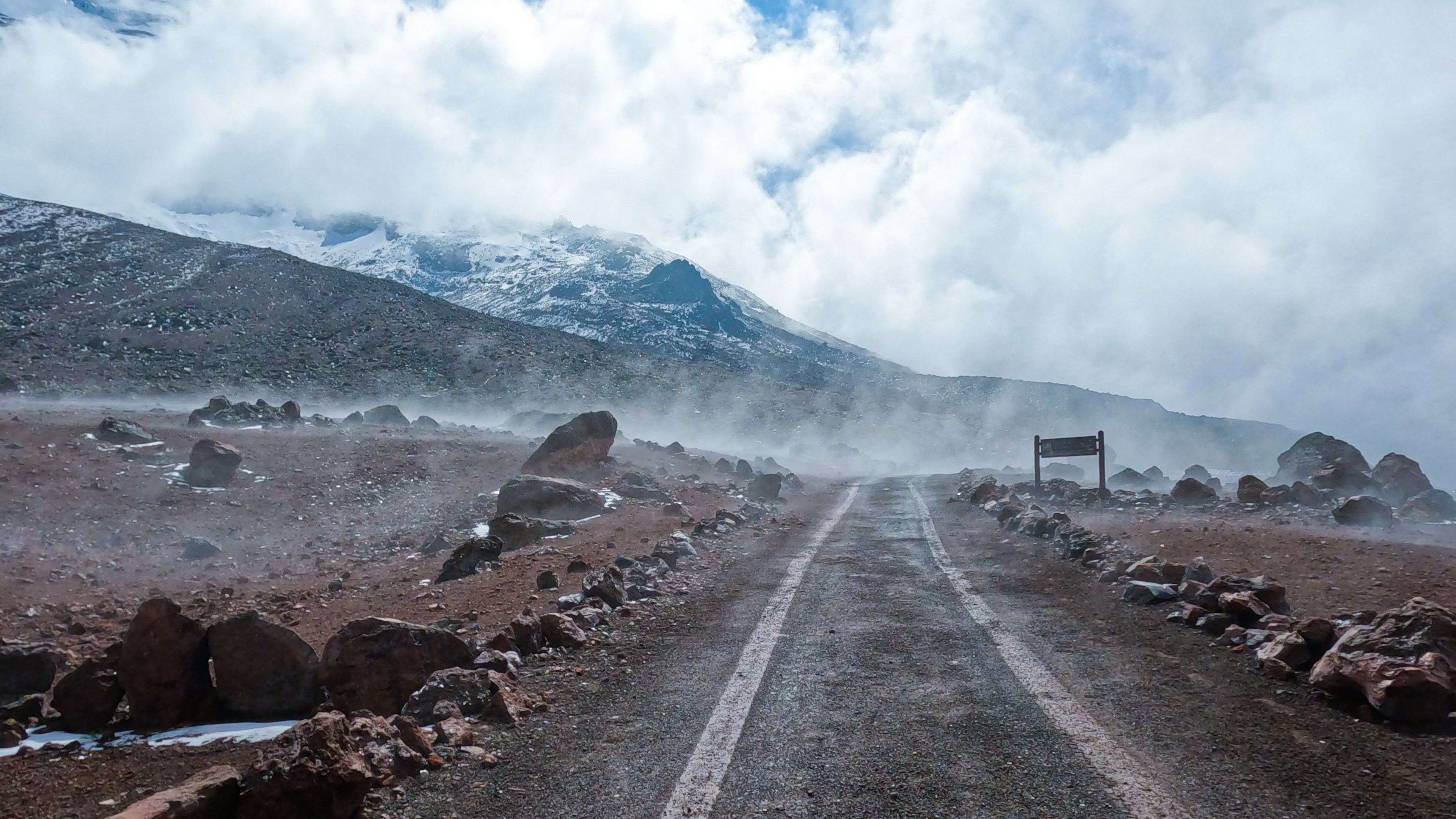
Chimborazo Volcano, Ecuador
Ecuador’s highest peak, the Chimborazo Volcano, is a breathtaking natural glory that hikers around the world dream of conquering. This inactive stratovolcano, standing at a mammoth height of 6,268 meters, presents one of the most challenging hikes in the country, if not in all of South America.
Considered a technical mountaineering climb rather than a hike, it requires a well-guided expedition and mountaineering experience. However, less experienced hikers can opt for the less strenuous hike to the Edward Whymper refuge, the mountain’s second refuge seated at 5,000 meters.
Regardless of how high up you decide to go, a trek up the Chimborazo volcano is an experience of a lifetime, promising spectacular views and an adventure full of adrenaline.
El Altar Trek, Ecuador
Among the best hikes in Ecuador, El Altar presents a thrilling challenge awaiting high-altitude enthusiast hikers. Named after its resemblance to nuns and friars in prayer, this extinct volcanic mountain, located in the Sangay National Park, presents an invigorating 3-4 days trek.
The key feature of this trail is the bright yellow Laguna Amarilla that resides within the crater, a result of dissolved mineral deposits. The sight of this peaceful lagoon sitting amidst the dramatic, sharp-peaked mountain backdrop, which often finds itself veiled in a mystic robe of cloud and mist, is genuinely magical.

Podocarpus National Park, Ecuador
Spread over an area of 146,280 hectares, Podocarpus National Park extends a variety of trails spanning across lush cloud forests, highland moors, and tropical river valleys. This biodiversity hotspot houses over 4,000 species of plants, 46 species of mammals and over 800 bird species, making it truly a paradise for nature lovers.
Several trails like the Spectacled Bear Trail and Mirador Trail ascend to viewpoints that offer stunning views over the highland moors and mountain ranges. Other hikes take you deep into the Montane rainforests at a lower altitude, letting you explore the rich flora and fauna.

Cuicocha Lake, Ecuador
Located at the foot of Cotacachi Volcano, within the Cotacachi Cayapas Ecological Reserve, lies the enchanting Cuicocha Lake. Locally known as ‘Lake of the Gods,’ Cuicocha lake offers a scenic 14-kilometer trail that circumambulates the volcanic crater lake.
The undulating trail, which takes around five hours to complete, goes around the rim of the caldera giving hikers uninterrupted views of crystal-clear azure lake with two lush green islands in the middle. The spectacular composite view of shimmering lake waters, blooming wildflowers against the backdrop of imposing volcanic mountains, makes this trail an absolute gem among Ecuador’s hikes.
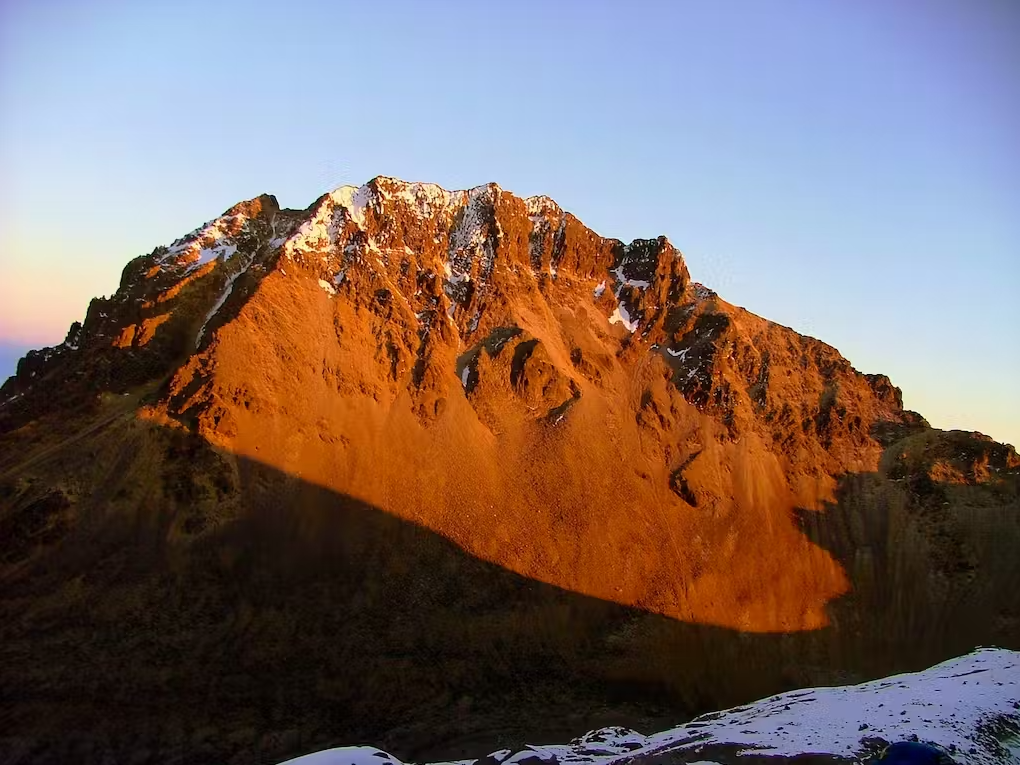
Illiniza Norte and Sur, Ecuador
The twin peaks of Illiniza – Illiniza Norte and Illiniza Sur – located to the south-west of Quito, feature adventurous trails that challenge even the most experienced hikers.
Illiniza Norte, the smaller of the two peaks, is perfect for less experienced hikers and mountaineers. The eight-kilometer trail, although steep, is non-technical and can be completed within a day.
Illiniza Sur, on the other hand, requires mountaineering equipment and skills to conquer the ice and snow covered trail. A journey across strenuous terrains leads hikers to outstanding panoramic vistas of the surrounding landscapes, making the challenging journey up an exhilarating experience.

Pululahua Geobotanical Reserve, Ecuador
Pululahua, home to one of the world’s only inhabited active volcanic craters, is a geobotanical reserve located a mere 17 km north of Quito. With three distinct ecosystems within its boundaries– cloud forest, dry forest and rainforest, Pululahua boasts a diverse range of flora and fauna.
A moderate three-hour trail leads hikers down into the crater, where they can observe distinct volcanic features, natural springs, unique vegetation, and a variety of bird species. The captivating beauty of the colorful volcanic landscape dotted with tiny farmhouses and grazing cattle, set against the backdrop of lush green hills, conjures a surreal beauty that charms every hiker.

Antisana Ecological Reserve, Ecuador
Antisana Ecological Reserve, protected for its wildlife and biodiversity, entices every nature lover with its extraordinary collection of bird species such as the majestic Andean condor, hummingbirds, and aptly-named Giant Hummingbird. The chance to spot herds of white-tailed deer and spectacled bear further enhance its allure.
The ultimate reward for hikers is reaching the Mica Lake, a dreamy azure lagoon, that lies in the shadows of the enormous Antisana volcano. The many trails, ranging from easy to intermediate level, marked well enough for independent hiking, make the reserve a must-visit spot for birdwatchers and hikers alike in Ecuador.
Tips for Hiking in Ecuador
1. Check the Weather Forecast
Weather in Ecuador can change quickly, especially in high-altitude areas. Ensure you check the forecasts before setting off on your hike and prepare appropriately.
2. Take Time to Acclimatize
Given that several hikes in Ecuador are at a high altitude, it is vital to give your body time to adjust. Spend a few days at high altitude before embarking on your hike and make sure to keep yourself hydrated.
3. Pack Accordingly
Embarking on a hike often involves a mix of climates. Carry layered clothing, and don’t forget important gear like sturdy hiking boots, waterproofs, hats, and gloves.
4. Keep Safe and Respect the Environment
Always let someone know your plans and expected return time. Follow designated trails only and respect the native flora and fauna. Make sure to take all your trash with you and stick to the Leave No Trace principles.
Be ready for an inspiring journey into the heart of Ecuador’s stunning landscapes by exploring the best hikes in the country. Each trail with its unique charm promises to offer unforgettable experiences. Don’t forget to prepare adequately, consider your skill level, respect the environment, and savor the extraordinary beauty of nature that unfolds with every step taken on Ecuador’s trails.
Note that while hiking in Ecuador contains arrays of beauty and adventure, pre-acclimatization to the highland altitude will ensure you will enjoy the journey at its fullest.
How difficult is each trail?
Easy:
1. Pululahua Geobotanical Reserve – 2/10: A moderate three-hour trail offers a delightful mix of distinct volcanic features, natural springs, unique vegetation, and a variety of bird species. Suitable for beginners and families.
2. Cotopaxi National Park – 5/10: With several trails ranging from gentle strolls to more challenging hikes, travelers can choose a level of difficulty that suits their ability, making this park feasible for hikers of all levels.
3. Podocarpus National Park – 6/10: With its variety of trails spanning across lush cloud forests, highland moors, and tropical river valleys, many of these hikes can be completed within a day.
Medium:
1. Antisana Ecological Reserve – 6/10: Many trails of varying difficulty levels offer splendid views over the highland moors and mountain ranges. These can usually be completed within a day.
2. Cuicocha Lake – 6/10: A scenic 14-kilometer trail that circumambulates the volcanic crater lake. Given it undulates along the rim, it’s moderately difficult and can take around five hours to complete.
3. Quilotoa Loop – 7/10: A 3-day trek of rough 200 km brings hikers around the remote back-country roads of the Andean mountains through indigenous villages and rural markets. Although the trail presents a moderately challenging hiking experience, the spectacular scenery compensates for the exertion.
Hard:
1. Cajas National Park – 7/10: The park boasts over 270 lakes and lagoons, extensive paramo, and unique polylepis forest. With trails ranging from easy to challenging hikes and high altitudes, hikers will require a good fitness level to take on these trails.
2. Chimborazo Volcano – 8/10: This inactive stratovolcano, standing at a mammoth height of 6,268 meters, presents one of the most challenging hikes in the country, suitable for mountaineers.
3. Illiniza Norte and Sur – 8/10: The twin peaks feature adventurous trails that challenge even the most experienced hikers, especially Illiniza Sur, which requires mountaineering equipment and skills to conquer the ice and snow covered trail.
4. El Altar Trek – 9/10: This extinct volcanic mountain located in the Sangay National Park presents a challenging 3-4 days trek that requires a high fitness altitude and experience in high-altitude hikes.
